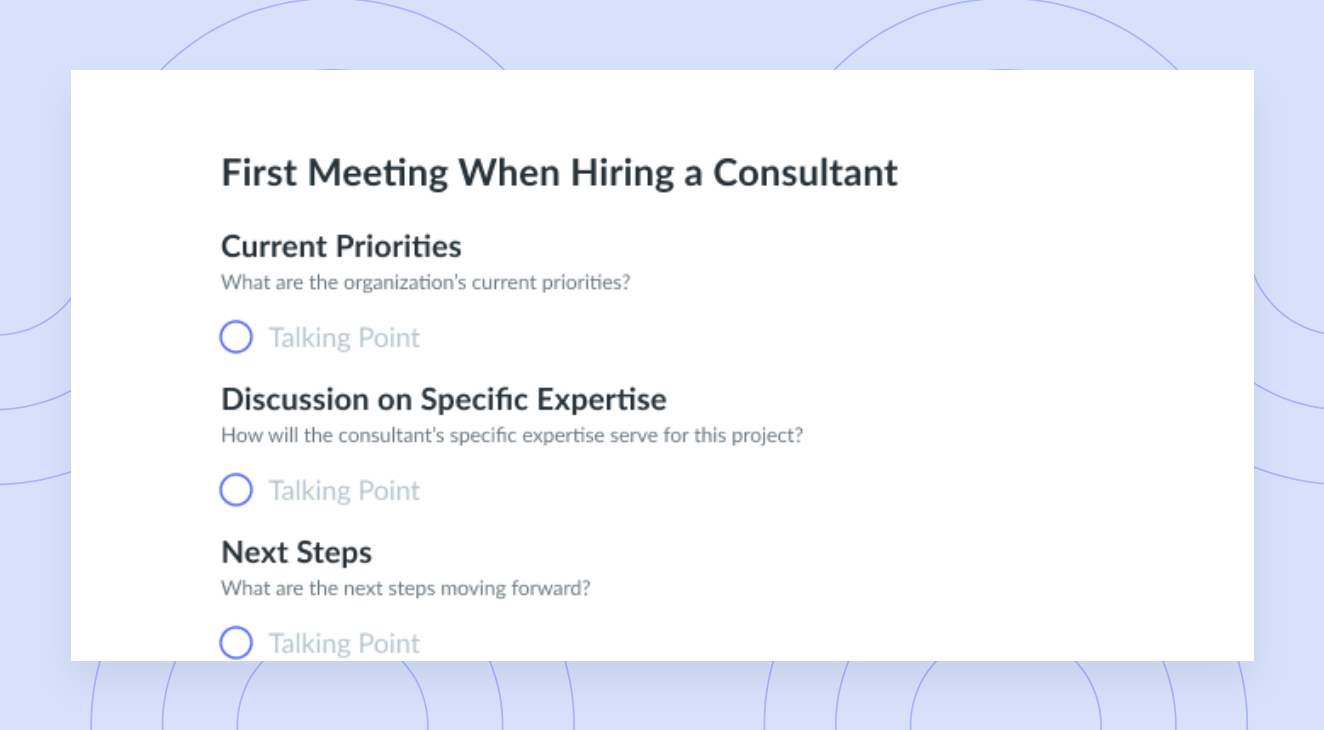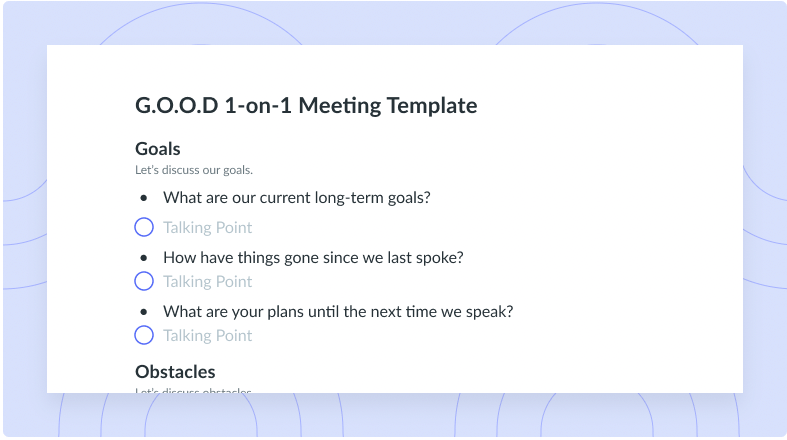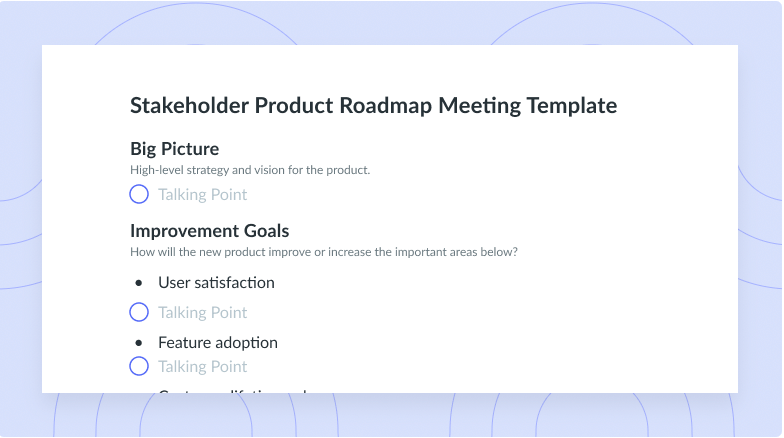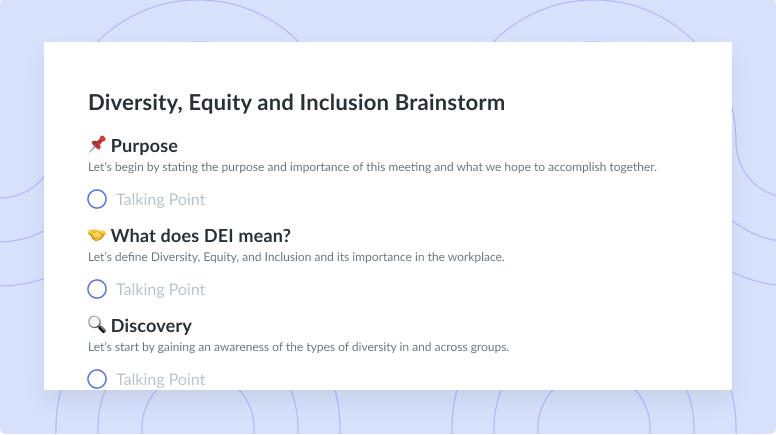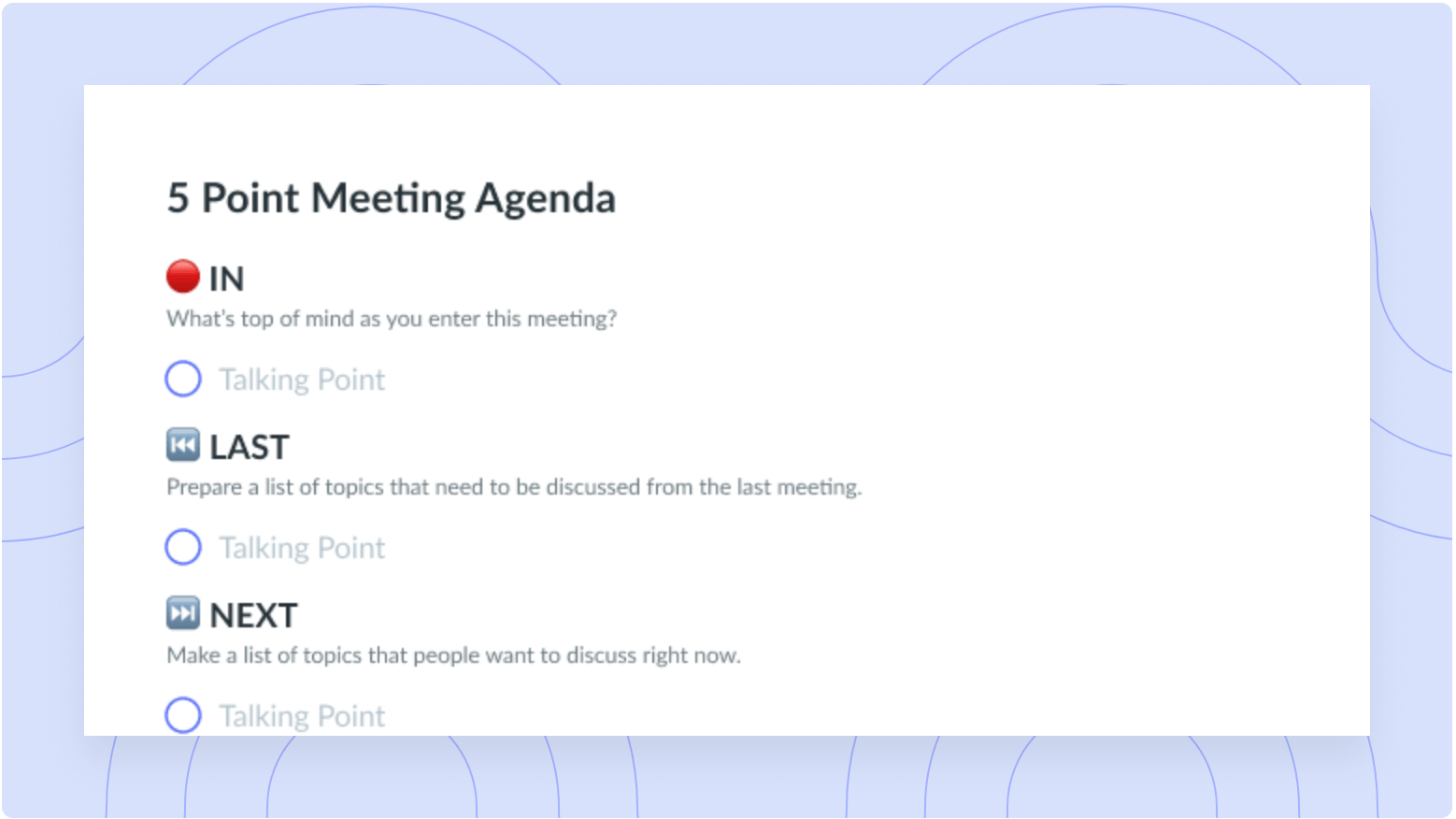10x Managers Supermanagers
We’ve all heard the term “10x engineer” – the mythical individual that you really want on your team. What we don’t often talk about is the 10x manager.
The idea of the ‘10x engineer’ seems to have originated in a study done in 1968 by Sackman, Erikson, and Grant.
“They studied professional programmers with an average of 7 years experience and found that the ratio of initial coding time between the best and worst programmers was about 20 to 1; the ratio of debugging times over 25 to 1; of program size 5 to 1; and of program execution speed about 10 to 1. They found no relationship between a programmer’s amount of experience and code quality or productivity.” – Steve McConnell, Productivity Variations Among Developers and Teams: The Origin of 10x.
- The 10x Manager
- How I Came to Appreciate Great Managers
- The Importance of Managers
- The Current State of Management
- Key Employees & Great Managers
- Strengths & Weaknesses
- Supermanagers
- The time is now
- The Highest Point of Leverage
The 10x Manager
While there is an ongoing debate about high performing individual contributors – not enough attention thus far has been directed towards exploring how managers can drive 10x impact through their teams. Before we take a deeper dive into the notion of 10x managers, it’s important to start by talking about what a manager is in the first place…
The main goal of a manager of a team is to:
Ensure that teams produce more value than they would’ve produced without the manager’s involvement.
It stands then, by definition, that by having a 10x manager in place on a team, that team should be able to produce 10x more value than if the manager was not involved at all.
When we think about managers, we may think about things that great managers do.
They:
- Hire well
- Delegate effectively
- Foster a growth mindset
- Build psychological safety
- Understand team members individually
- Ask for and give Feedback
- Keep employees engaged
- Grow employees’ careers
- Set goals and motivate
- Manage up, down and sideways
- Serve as role models
- Drive accountability
- Communicate effectively
- Run effective meetings
- Unblock issues
- ….
This list could be pages longer. But no one person is usually great at it all. Everyone has strengths and weaknesses. It’s also possible that someone is off-the-charts good at a key number of the items above and below average at others. But regardless of those individual responsibilities, the outcome to pay attention to is: does that manager’s presence ensure that the team performs at a much higher level than if they were not present?
Consider for a moment, a specific manager in your company and their team. If the manager were removed from that position, what would happen to the team’s performance? Would the team figure out how to survive and stay at the same level of performance? Would the performance decrease — if so, by how much? Or would the team thrive? These are tough questions to ask, but also the types of questions we need to ask in order to get to the heart of how to drive performance in our organizations.
How I Came to Appreciate Great Managers
My co-founders and I started a company in 2008 called Fluidware, which we bootstrapped and grew to just under 100 employees before selling to SurveyMonkey. When you first start a company, oftentimes, amongst all the other activities that you are performing in the early stages, you are also a manager. As your company starts to grow, more people start to come on board and take on the responsibilities that you used to have. You build out a team and ensure that each member of the team is handling activities that they are uniquely positioned to thrive at. At some point, you realize that, you’re now a manager. Eventually, you become a manager of managers. And at some point, you think, am I doing this correctly? Now that I have managers reporting to me, how do I make sure that they are doing it correctly? What does great management look like?
If I’m honest with myself, my journey prior to the acquisition was mostly a journey learning how to be an entrepreneur. What I learned after the acquisition and after being exposed to what world class managers (such as the late Dave Goldberg) were capable of gave me a glimpse of what great management can look like. I learned that while entrepreneurship and leadership can lead you to successfully build a business, you really need great management to ensure that your company scales and is built to last. While we can argue that high performing leaders are born with some innate talent needed to be who they are, managers are different. It’s been proven time and again that great managers are made, not born – it’s that idea that really got me to think about the opportunity to create great managers.
The Importance of Managers
Research has shown us that employees tend to leave managers and not companies. The data suggests bad management is a real and significant issue. According to a study by Gallup, 70% of the factors that contribute to your happiness at work are directly related to your manager. The question is – how often do managers ask themselves – could I have done anything to prevent that employee’s departure? I tend to agree with Rich Arbold who says:
“In my experience, managers suffer something akin to the Dunning-Kruger effect. They assume they’re not the problem, but that their employees are.”
There are so many examples that show how great management and great systems can provide a transformational effect. In cases where we think employees are the problem, it may turn out not to be the case at all. One example is the case study of GM’s Fremont plant that was later operated by Toyota in a joint venture:
“At the time, the workforce in the old GM Fremont plant was considered to be an extraordinarily “bad” one. Many considered it to be GM’s worst. The workforce in those days had a horrible reputation, frequently going out on strike (sometimes wildcat strikes), filing grievance after grievance and even sabotaging quality. Absenteeism routinely ran over 20%. And, oh yes, the plant had produced some of the worst quality in the GM system. Remember, this was the early 1980s. So to be the worst in GM’s system at that time meant you were very, very bad indeed.”
And after Toyota’s production and management system took over…
“The absenteeism that had regularly reached 20% or more? It immediately fell to a steady 2%. The quality that had been GM’s worst? In just one year, it became GM’s best. All with the exact same workers, including the old troublemakers. The only thing that changed was the production and management system — and, somehow, the culture.”
Managers and systems of management can have transformational effects. It’s easy to blame individual contributors that make up a team – this example alludes to the fact that doing so can in fact be wrong.
The Current State of Management
So… we know management is really important.
Even with all of that importance, what we tend to do is promote the best developer or designer or individual contributor to lead a team. And while this is fine, most of the time we don’t give these newly promoted managers the tools and systems they need to be great managers.
Manager training is an important piece of the puzzle but it’s certainly not the only piece. How many managers in your company know the great management practices they should employ, but don’t? They get caught up in the day-to-day and their current frame of work. This is why training isn’t a one-stop solution. Systems and tools to ensure these best practices are continued are vital. This is what inspired my co-founders and I to start Fellow.app, where we could create the product that we’d always wanted for ourselves and our managers, but never had.
It perplexed us that there were tools for every conceivable functional area in a company but no one had solved the challenge of building a great tool for managers. In the same way that companies give their new account-executives access to Salesforce, we wanted to build the equivalent app for managers of people – one that helps managers be exceptional in their role.
Whether it’s using Fellow.app or using other tools, the importance of developing great managers is now at the forefront for leaders of the world’s most respected companies. The key aspect here is that great managers are made, not born. The challenge at hand is: how can you build a set of systems within your organization so that great management can scale? What can you do to make sure that when you hire that next high-performing individual contributor, you know that no matter which team they join, they will be exposed to the same set of great management practices across your company?
Key Employees & Great Managers
We’re often so focused on finding star employees that we forget that these employees often can’t be stars without the right team behind them. In an article from the Huffington Post:
“In a brilliant study, researchers Robert Huckman and Gary Pisano tracked more than 200 cardiac surgeons at 43 hospitals. After analyzing more than 38,000 procedures, it turned out that the surgeons didn’t get better with practice. Their patient mortality rates were no better after 100 surgeries than after the first few.
A closer look at the data revealed a fascinating pattern. The surgeons did get better as they gained more experience at a particular hospital.”
And in another example:
“In a study of more than 1,000 security analysts led by Boris Groysberg, when star analysts moved to a new firm, it took them an average of at least five years to recover their star status — unless they moved with their teams.”
This highlights a few really important points. Working with the same team over an extended period of time has extra benefits in increasing the productivity of key-players. And more importantly, key employees need the support of the team around them – the people that have learned to work with them – in order to achieve extraordinary results. Who do you think has the ability within an organization to influence how teams can work together and jell at a better pace? You guessed it, managers.
Managers have direct influence over the tenure of employees but also have influence over how fast teams can establish norms to work better together. One of the main goals of a manager is to ensure that teams establish effective routines that leverage the unique talents of each and every member.
Strengths & Weaknesses
What the previous examples have shown us is that teams that perform the best have developed effective routines that leverage the unique talents and strengths of each member. This is not that surprising since the entire point of a company structure is to build sets of teams that take advantage of each person’s strengths and make up for each others’ weaknesses. As Peter Drucker said in the Effective Executive:
“Effective executives understand and build on the strengths of themselves, their team, and their organization to make everyone productive and to eliminate weaknesses.”
This is the reason why you commonly hear that it’s far more important to hire for strengths as opposed to hiring for lack of weakness. Weaknesses are what make us human. This is also why Markus Buckingham, in his book “First, break all the rules”, talks about managing by strengths:
“If you were to sum up what the best team leaders do on their teams, they individualize. They’re brilliant at figuring out what each person’s got that can be usefully deployed to have the team win, and the best team leaders are really, really good at that. They play chess with their people. They see a knight, a bishop, a rook, a queen, etc., and they capitalize on individual differences.”
Eliminating weaknesses (through others on the team) and capitalizing on strengths: that’s what managers can do to radically increase the performance of a team.
Supermanagers
10x managers, or what we’ll call Supermanagers going forward (as we believe that we can’t begin to measure the true impact of these special individuals who’ve perfected their craft), have the opportunity to build a team where each person’s strengths builds on top of another such that you have a team performing at more than 10x the capability across the board. This is not just about hiring. Supermanagers know that they need to tweak and measure, and then tweak again, to make sure that the team continues to perform at this level. The environment around us is dynamic and people’s skill levels advance over the course of time – these managers ensure that despite the dynamic world around them, they are able to maintain this high level of performance.
The opportunity here is an enormous one because:
Supermanagers are made and not born.
This is why iconic companies like Starbucks, GE and McDonald’s, at their peak, focused on building great management programs within their companies. This means that we have the opportunity to deliver an exponential increase in performance across our companies if we focus on the opportunity to create Supermanagers.
The time is now
We live in a world, where talent is more competitive and expensive than ever.
Just a few decades ago, people worked at companies for long periods of time and sometimes, even for a lifetime. Today, the average employee in Silicon Valley stays at their current post for roughly 2-3 years. INC magazine surveyed some of the names we recognize the most in tech and the average tenure of employees in those companies:
Uber – 1.8 years
Dropbox – 2.1 years
Tesla – 2.1 years
Square – 2.3 years
Facebook – 2.5 years
Airbnb – 2.6 years
Box – 2.7 years.
Twitter – 3.1 years
Alphabet – 3.2 years
Salesforce – 3.3 years
If you think of the costs of losing great talent, the impetus to address retention becomes more important than ever. Off the shelf cost estimates of employee turnover are staggering: entry-level positions costing over 50 percent of salary; mid-level at 125 percent of salary; and senior executive over 200 percent of salary. And these estimates don’t even begin to consider the cost of losing a top-performing employee.
Great managers create an environment that attracts the best employees and most importantly, retains them. Supermanagers not only retain this talent but ensure that the talent you’ve invested in continues to grow. They deliver an exponential impact to your entire organization.
Successful companies are also transitioning from industrial era ‘batch processes’ to continuous ‘agile processes’ that are more adaptive and reactive. For example, progressive companies are moving away from annual performance reviews and are moving to a model of constant conversations – Adobe, GE, Deloitte and others have led the charge. This new model relies on managers taking this all important task very seriously and to heart.
The world is starting to wake up to this opportunity. Over the last few years, more and more books on this topic have been published and more leaders are bringing conversations about management to the forefront. Here are some recent books that we would recommend:
Here is a recent tweet from Michael Seibel, a partner at YCombinator:
People talk about 10x engineers a lot (and they should – they are extremely valuable). They don’t talk enough about 10x leaders. Leaders who can get 10x more out of the people they work with over time. That is truly an amazing skill and much more rare than a 10x engineer.
— Michael Seibel (@mwseibel) February 15, 2019
Michael Lopp who is the VP of engineering of Slack runs a manager slack that has close to 10,000 active members talking about all aspects of management.

The Highest Point of Leverage
Managers are the highest point of leverage through which organizations can create an exponential performance. There is an enormous opportunity to build systems in your organization that can create Supermanagers. The good news is that these Supermanagers are very real and, even better yet, they’re not born, they are made.
And of course, if you’d like to use software to help you along the way, you can check out Fellow.app.






![Client Meeting 101: 6 Tips on How to Plan and Execute [+ Free Templates]](https://fellow.app/wp-content/uploads/2022/06/Client-Meeting.jpg)



